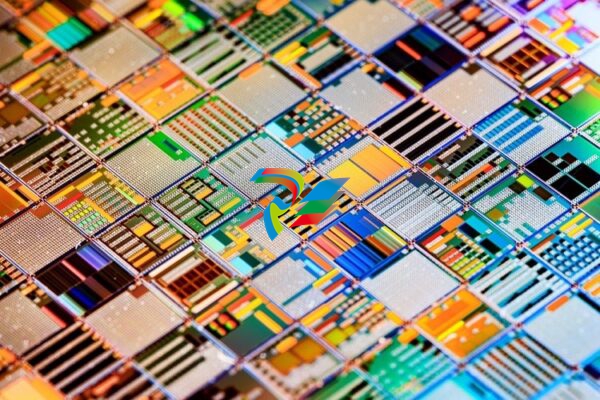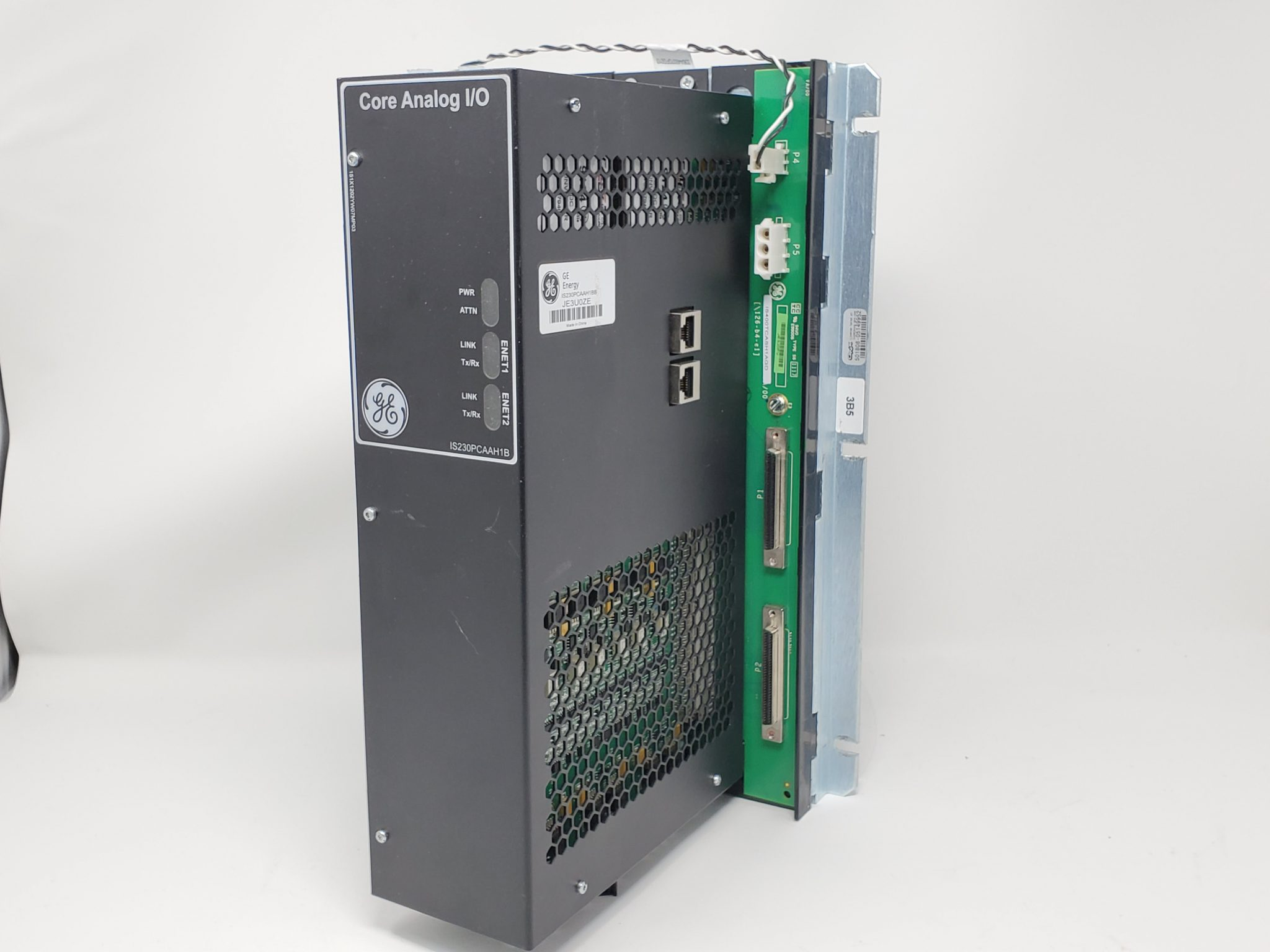
The CHIPS & Science Act: 2 Years Later
As of right now, experts predict that he’ll maintain the newly-forming domestic semiconductor ecosystem and continue the push for America to gain and maintain technological leadership in this sector. We’ll see more affirmative developments over the next year.
Domestic Semiconductor Manufacturing

Image credit: Shutterstock/Andrei Armiagov
Semiconductors are a crucial part of our daily lives, powering everything from smartphones to cars and medical devices. They are also important to the development of technologies that are set to shape the future, like artificial intelligence (AI), biotechnology, and clean energy.
By investing in CHIPS and bringing semiconductor supply chains back to the U.S., the country is positioning itself as a leader in the global semiconductor market. Currently, America is on track to become home to all five of the world’s top logic and DRAM semiconductor manufacturers. While the most advanced chips are currently being made in places such as Taiwan and China,
No other economy globally hosts more than two such manufacturers, so this is quite the achievement. The U.S. aims to produce nearly 30% of the world’s chips by 2032 — which is a stark difference from the 0% it produced just a few years ago.
New R&D Facilities and NSTC Initiatives
On July 12, 2024, the Biden-Harris Administration, in collaboration with Natcast, the operator of the National Semiconductor Technology Center (NSTC), announced the selection process for the first three R&D facilities funded by the CHIPS and Science Act.
These facilities include an Advanced Packaging Piloting Facility (NAPMP) that will, as its name suggests, focus on clever packaging technologies for semiconductor components.
Another is the Extreme Ultraviolet (EUV) Center, which will specialize in EUV lithography to produce better-performing semiconductor chips with smaller features. The third is the NSTC Administrative and Design Facility, which will handle the NSTC’s administrative and design functions.
American Innovation and Support for Workers
Additionally, the Act is helping STEM education and workforce development by ensuring that minority-serving institutions and other emerging research institutions are included in the growth of this critical sector.
For example, the Act has funded new programs at historically Black colleges and universities (HBCUs) like Howard University and Spelman College, aiming to increase student participation in semiconductor R&D
In underserved communities, the Act has supported the establishment of new tech hubs and training programs, such as the expansion of community college programs in regions like Detroit and Phoenix. These initiatives are helping to equip local talent with the skills needed for high-tech jobs, boost workforce development, and drive economic growth in areas that have traditionally faced barriers to entry in the tech sector.
National Science Foundation Role

Image credit: Shutterstock/IM Imagery
The CHIPS and Science Act is closely linked to the National Science Foundation (NSF) because the Act focuses on bringing semiconductor chip manufacturing back to the U.S. and furthering fundamental research and technology.
The CHIPS Act strengthens collaboration between government, industry, and academia to grow domestic production, improve supply chain security, and carry out advanced technological research. The NSF plays an important role by funding this research in semiconductor technologies and partnering with educational institutions to help the cause.
National Security and Economic Safety
Another advantage of bringing semiconductor manufacturing back to the U.S. is the increased economic and national security that comes with it. When manufacturing is taking place within America, it’s easier to control and there are fewer global influences.
Not only does the CHIPS and Science Act bring innovative ideas and product creation back to U.S. soil—which in itself is safer from the government’s perspective—but it discourages practices that could lead to potential threats. In fact, the government even has several “guardrails” in place that restrict how far companies can take their semiconductor investments and enter into deals with “countries of concern” and place restrictions on exports.
CHIPS and Science Act, Over 2 Years In: Conclusion
The CHIPS and Science Act is an important initiative that will help America’s semiconductor renaissance. With continued investment and support, the U.S. is on its way to becoming a dominant force in the global semiconductor landscape, creating quality jobs and enhancing economic security for all Americans.
The next decade promises even more growth and development, positioning the U.S. as a hub of semiconductor innovation and manufacturing excellence. With its vast semiconductor manufacturing capacity, it only makes sense to bring it home.























.jpg)












































.jpg)
.jpg)





.jpg)



.png)
.jpg)

.jpg)
_lVjBYb.jpg)

.jpg)
.jpg)



.jpg)
.jpg)







.jpg)

.jpg)
.jpg)











.jpg)





